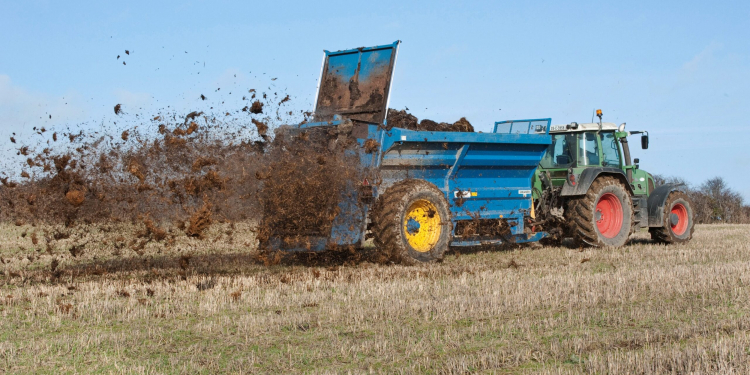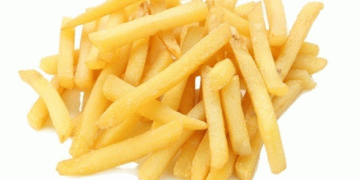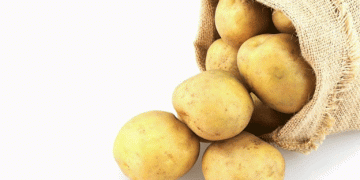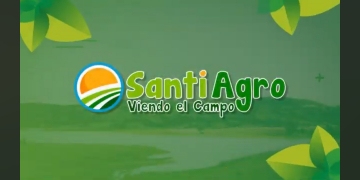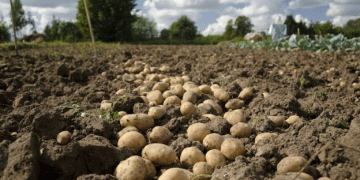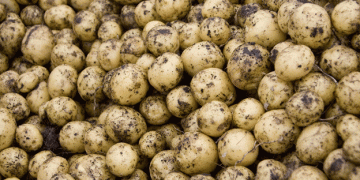Some farmers call themselves carbon farmers, but all farmers are nitrogen farmers. Nitrogen is the basis for proteins in plants and animals and therefore the most important building block that farmers work with. Now that the new ministers at the Ministry of Agriculture, Nature and Food Quality are also fully committed to circular agriculture, we need to look seriously at the gap in the cycle.
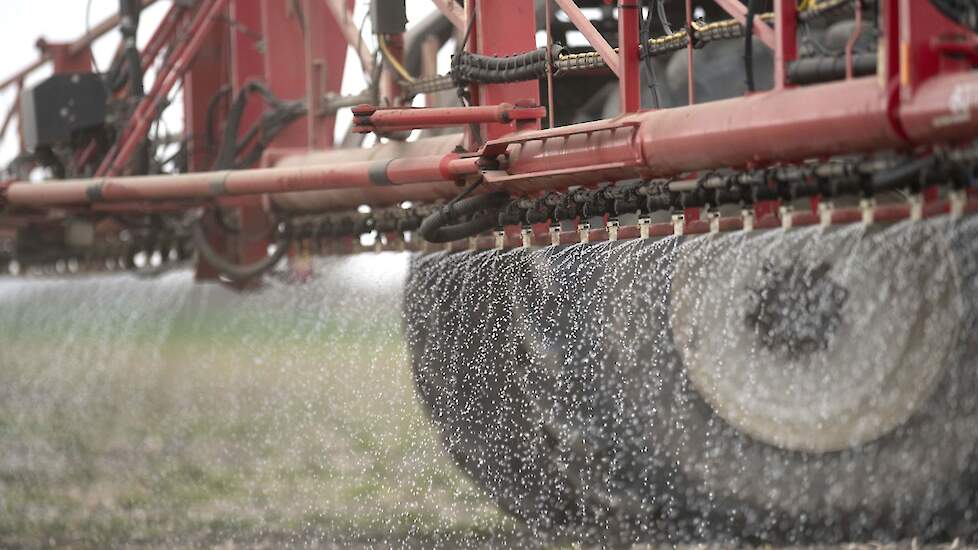
Image: Mark Pasveer / BO Arable Farming
For some historical awareness, we go five centuries back in time, to the Krimpenerwaard. A typical peat meadow area with many ditches, elongated plots and soft soil. There was then – 500 years ago! – there is already far-reaching specialization in agriculture. The main agricultural activity was the cultivation of hemp for the production of rope and sailcloth.
Sufficient fertilizer was needed to enable the cultivation of hemp on the small fields. Cows were kept for this purpose, the manure of which could be quickly transported to the fields through hatches on the side of the stable. As a by-product, the cows provided milk, from which cheese and butter were made. The whey left over from cheese making was fed to the pigs.
scaling up
The invention of the churning mill in the 17th century was an important step in scaling up . The farmer’s wife no longer had to churn by hand, but from now on a horse was used to walk in circles. The farmer’s wife had time for other things and the horse could also handle a larger churn, so with more milk based on more cows.
Dutch hemp gradually became too expensive and was increasingly imported from abroad. The farmers in the region went into transition to an agriculture that specialized in dairy farming. The pigs were allowed to stay. At the end of the 18th century, the Krimpenerwaard was one of the regions with the highest stocking density in the country.
A historic hole in the cycle
The hemp had left the region for centuries as rope and tarpaulin, leaving a gap in the cycle in the Krimpenerwaard. The grassland further from the farm was used as hayfield. Every year one cut of grass was removed, while the land was hardly fertilized or not at all. These grounds became the poor lands where special nature developed, but which also ran the risk of being excavated for peat extraction.
The invention of fertilizers filled the gap in the cycle and ended the impoverishment of land in the Netherlands. Thanks to the increasingly efficient agriculture, land could be taken out of production. Where housing usually took place on the best agricultural land, the poor lands often became nature. Today agriculture makes the neighboring lands richer instead of poorer.
Where in the past human manure was returned to the land, it is now mainly incinerated or discharged into the sea.
The biggest hole in the agricultural cycle is the one you are sitting on when reading this column. Where in the past human manure was returned to the land, it is now mainly incinerated or discharged into the sea. To close this cycle on a large scale, considerable effort is required. After all, modern humans are full of medicines, drugs, batteries, ink and other rubbish that farmers do not want on their land.
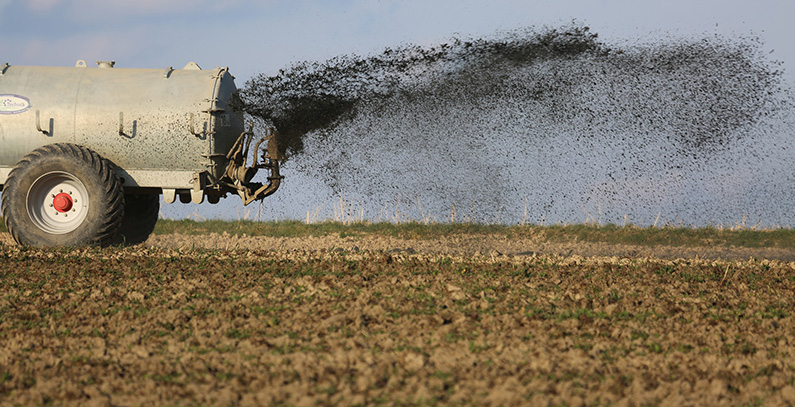
Another gap in the cycle is animal manure that farmers in the Netherlands are allowed to use to a limited extent, while they are allowed to spread fertilizer without limitation. Good manure is disposed of or even incinerated, while farmers are forced to buy fertilizer instead. And the cost of fertilizers is rising rapidly. If you like the climate or if you really want to do something with circular agriculture, then you can’t leave it at that.
Where are the fertilizer substitutes?
In recent years, various studies have been conducted into fertilizer substitutes. This concerns processed animal manure that can be used instead of fertilizer. Examples are mineral concentrate, blowdown water from evaporation installations and thin fraction from digestate. In the future, this could also involve processed liquid fraction after manure separation from (new) stable systems.
It quickly becomes technical, but the basics are simple: use animal manure instead of fertilizer. That is better for the climate, better for nature and better for the farmer. It is important that the manure is not processed too intensively, so that it also turns out better in terms of CO2 emissions than artificial fertilizer. And after the fertilizer substitutes based on animal manure, immediately move on to fertilizer substitutes based on human manure.
Circular agriculture – and now for real
From the European Parliament, Jan Huitema has pushed hard for the introduction of fertilizer substitutes in recent years. It is now time for Dutch politicians to take action. We have a whole pile of visions and letters to parliament that are written about circular agriculture, but we have not seen real action in recent years. This is an opportunity for the new ministers to close a gap.
The original function of farm animals is to make manure for arable farming. You graze cows, you feed the leftovers to the pigs and you are rewarded with the brown gold. With that you can feed plants and as a bonus you get meat and milk. We cannot go back to the past, but we can move forward to the future. Appreciate manure, nurture the animal and close loopholes – starting with fertilizer substitutes.
